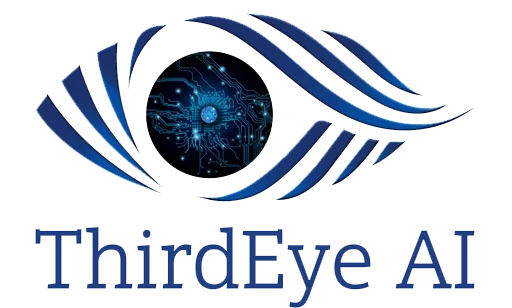In our rapidly evolving digital landscape, the need for secure and seamless identity authentication has become paramount. Traditional methods of username-password combinations are no longer sufficient to protect sensitive information and ensure the integrity of digital transactions. As we step into a new era of technological advancement, face recognition technology emerges as a revolutionary solution, transforming the way we authenticate identities.
The Rise of Face Recognition Technology
Face recognition technology is not a new concept, but recent advancements in artificial intelligence and machine learning have propelled it to new heights. This technology works by analyzing unique facial features, such as the arrangement of eyes, nose, and mouth, to create a distinctive biometric profile for each individual.
Advantages of Face Recognition
- Enhanced Security: Face recognition offers a higher level of security compared to traditional authentication methods. It reduces the risk of unauthorized access as it relies on unique biometric data that is difficult to replicate.
- Convenience: Unlike passwords or PINs, your face is always with you. Face recognition eliminates the need to remember complex passwords, making the authentication process more convenient and user-friendly.
- Contactless Authentication: Especially relevant in the post-pandemic world, face recognition technology provides a contactless authentication solution, reducing the risk of spreading infections through physical touchpoints.
- Efficiency and Speed: The speed at which face recognition systems operate is impressive. In a matter of seconds, individuals can be identified, streamlining authentication processes for various applications, from unlocking smartphones to accessing secure facilities.
Applications of Face Recognition in Identity Authentication
- Mobile Devices: Face recognition has become a standard feature in many smartphones, allowing users to unlock their devices securely. This ensures that only authorized users can access personal data.
- Financial Transactions: Face recognition software is increasingly being integrated into financial services for secure authentication during online transactions. This helps prevent fraud and enhances the overall security of digital banking.
- Physical Access Control: Face recognition is used to control access to secure facilities, replacing traditional key cards or PIN-based systems. This ensures that only authorized personnel can enter restricted areas.
- Law Enforcement: Law enforcement agencies use face recognition to identify and track individuals in public spaces, aiding in criminal investigations and maintaining public safety.
Challenges and Ethical Considerations
While the benefits of ai facial recognition technology are substantial, it is crucial to address the challenges and ethical considerations associated with its implementation. Concerns about privacy, potential misuse, and bias in algorithmic decision-making need to be carefully navigated to ensure responsible and equitable use of this technology.
Conclusion
facial recognition ai is reshaping the landscape of identity authentication, offering a powerful and secure solution for the digital age. As we embrace these innovations, it is essential to strike a balance between technological advancement and ethical considerations to create a future where identity authentication is not only secure but also respectful of individual privacy and rights.




